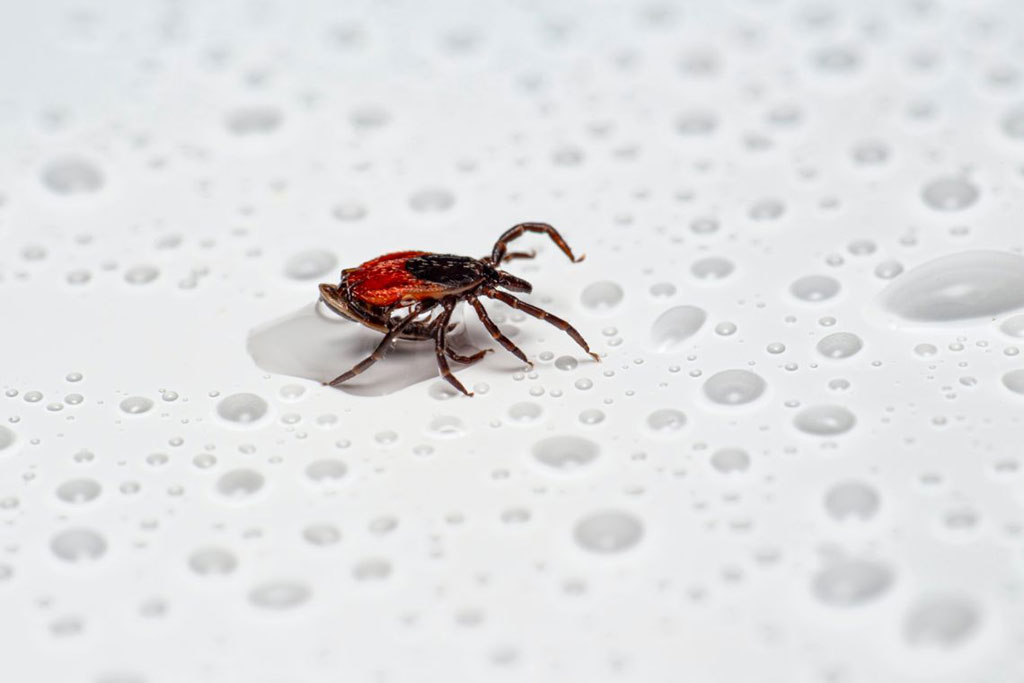DNA Test for Lyme Disease in Horses Could Diagnose Difficult-to-Detect Illnesses in Humans
Posted on 18 Aug 2022
Lyme disease is the most common vector-borne illness in the U.S., according to the Centers for Disease Control and Prevention (CDC). In humans, a characteristic skin rash may or may not occur, along with fever, headache and fatigue. Unchecked, the infection can move to the nervous system, the joints and the heart. Similar to humans, horses are incidental, dead-end hosts for the disease agent, the corkscrew-shaped bacterium Borrelia burgdorferi, meaning the hosts carry the infection but do not infect others. Lyme disease in horses can cause long-term complications that include damage to the nervous system, joints, skin and even vision. Not all infected horses develop clinical signs of Lyme disease. If symptoms occur, they can include chronic weight loss, lameness and low-grade fever. Antibody tests usually are administered when a Lyme disease infection is suspected. In a new study, an antibody test and a PCR test of a sick 11-year-old Swedish Warmblood mare did not indicate an infection, but an advanced test detected the disease. The ultra-sensitive DNA test could also have applications for difficult-to-detect illnesses in humans such as Lyme disease.
As with the treatment of most diseases, early detection is essential with Lyme. While many illnesses, such as COVID-19 and strep throat, attack humans with many numbers of pathogens, in other diseases, such as Lyme disease, the bacteria slowly reproduce within a host, producing far fewer numbers and making detection more difficult. Scientists at Rutgers University (Newark, NJ, USA) have been working to devise ways to better detect diseases that possess “low copy numbers” of a pathogen.

The scientists devised a special DNA test that helped identify Neurologic Lyme disease in the sick 11-year-old mare. Although Lyme disease was suspected, a standard PCR test did not detect Borrelia burgdorferi. The new “genomic hybrid capture assay” developed by Rutgers scientists is a highly sensitive test that identified the pathogen in a sample of the horse’s spinal fluid, allowing it to be diagnosed and successfully treated. The test works by first selectively isolating DNA from the microorganism causing the disease.
“The method is like having a special, specific ‘fishhook’ that only grabs Borrelia DNA and not the DNA of other microbes, nor the DNA of the host (animal or human),” said Steven Schutzer, a professor of medicine at Rutgers New Jersey Medical School, who devised the test. “Detecting DNA of the disease is a direct test, meaning we know you have active disease if it’s circulating in the blood or spinal fluid.”
Related Links:
Rutgers University




 assay.jpg)








